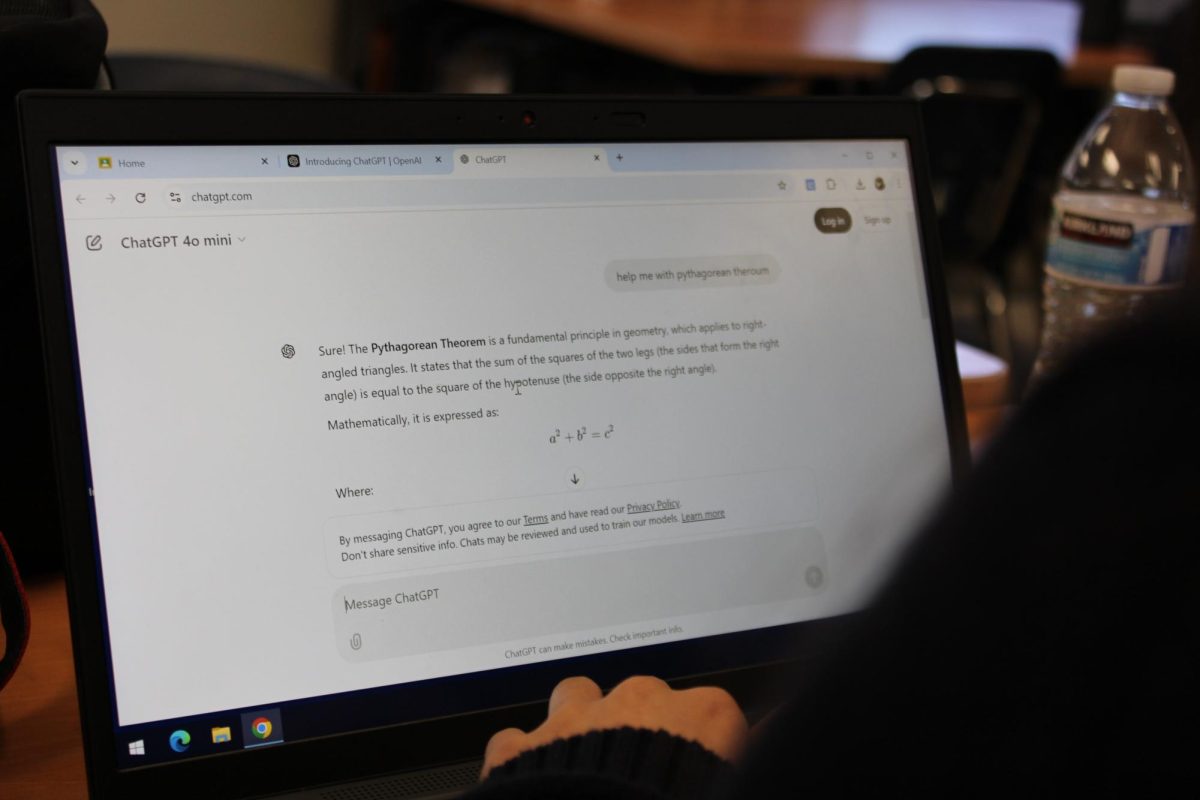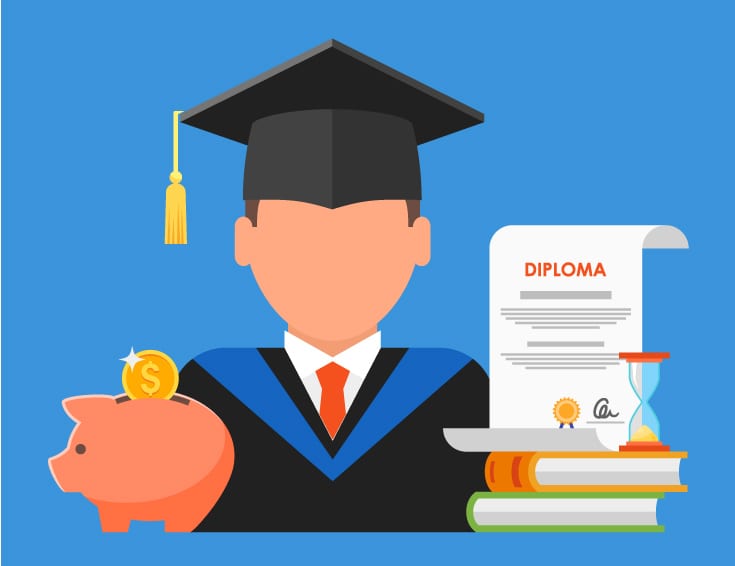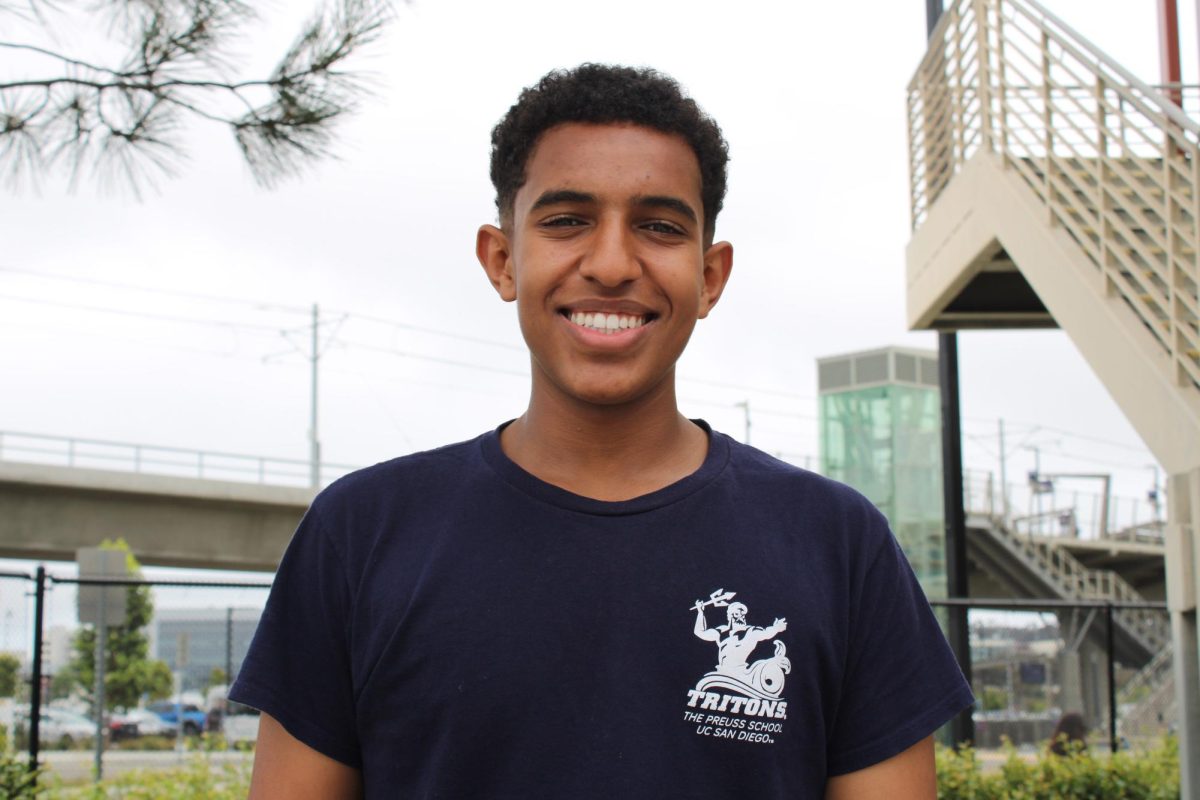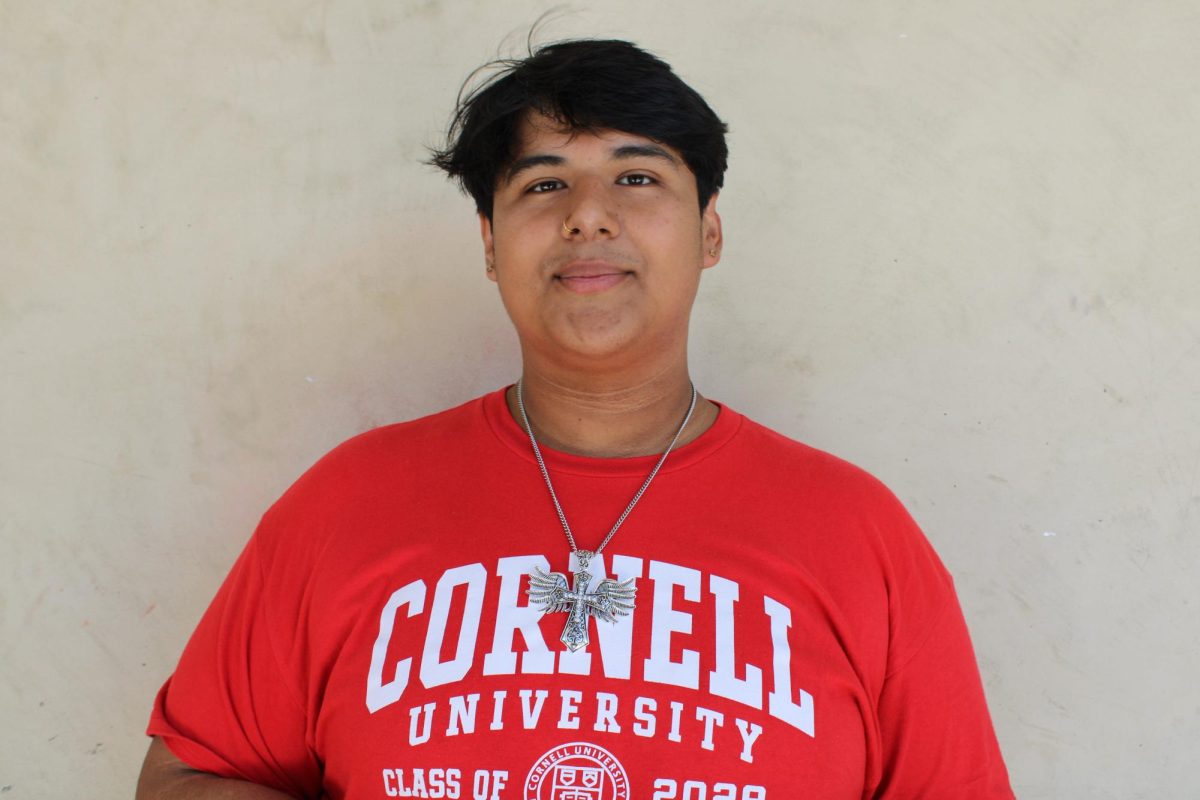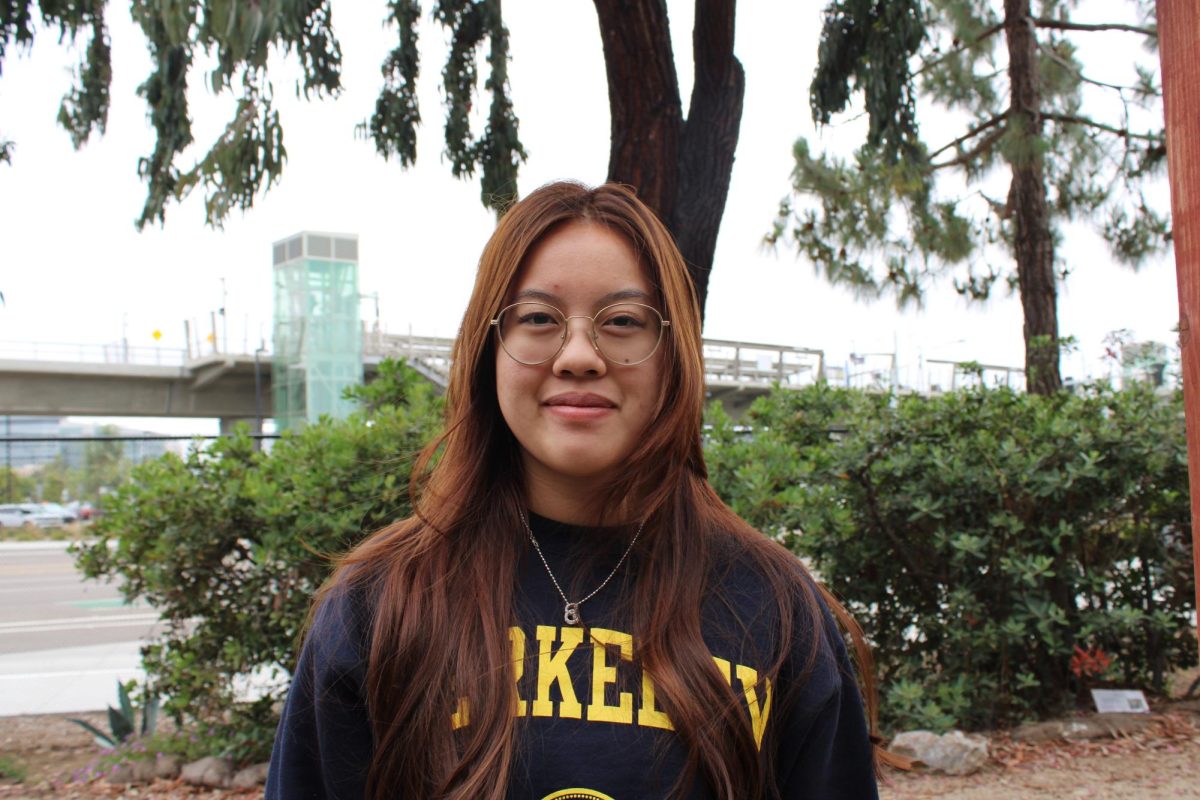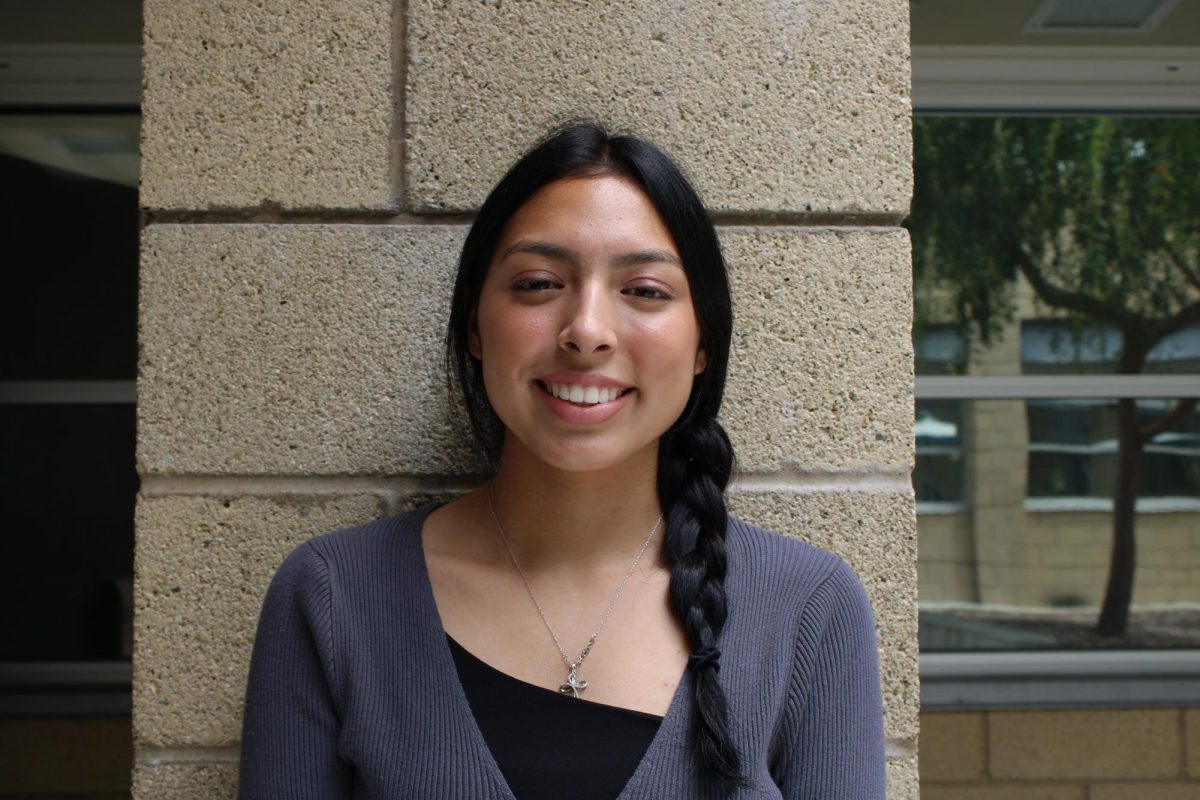Over the past decade, technology has significantly advanced. One of these notorious advancements has been Artificial Intelligence. With this, many students have been tempted to negatively use the tool by cheating or having ChatGPT fully complete assignments for the user. While I don’t argue that it should be used to complete a full assignment, I also don’t agree with saying ChatGPT can only be used in a negative way. There are many ways in which ChatGPT can still make learning and teaching easier without having to engage in academic dishonesty.
Teachers are humans too, so they can not always be available 24/7 to answer questions a student may have. One tool that is always available for students on their electronic device is ChatGPT. According to the report “ Teen and Young Adult Perspectives on Generative AI,” written with contributions by Common Sense Media, Harvard University, and other companies, a survey was conducted by Common Sense Media, Hopelab, and Center for Digital Thriving, demonstrating that many students called AI “the modern approach to learning,” and others also said “not all kids use it to cheat in school.” The software is designed to quickly and accurately answer questions the user may have regarding any topic. Various practice questions will be delivered if needed and students can test their learning and knowledge on the topic from both the teachers and AI, much more than a book or video could.
ChatGPT has also proven to be a helpful tool when it comes to creativity and brainstorming. Students can generate infinite ideas and topics to write and research about them. Additionally, according to the University of South Carolina, AI serves as a “non judgemental partner for brainstorming.” In a separate study done by the same university, they asked students to brainstorm all ways paperclips would be used, once using and once not using AI. With the assistance, the students were able to come up with more ways. The University followed up by stating that AI can be a very useful tool, “quickly generating ideas that can spark creative exploration.” Though it is important to know that students should not have ChatGPT do all the thinking for them. The user should either already have a foundation which AI can slightly help build upon, or have the AI start the foundation with the user doing the rest of the bulk of creative thinking.
ChatGPT has various opportunities to go against academic integrity. It can be used to fully write essays and complete other types of assignments. Although, I would like to point out that at the end of the day, it is the person using ChatGPT that is violating rules rather than ChatGPT itself. With that being said, I believe that a more reasonable focus should be on the students rather than the tool that is being used. I am not entirely sure on how to fully combat this issue because staff and administration are already doing the most they can. Though if the tool continues to be incorrectly used even with these implementations, then there’s not much more the teachers can do and that should be the fault of the students for their lack of ethics.
ChatGPT has very useful functions both good and bad, but the benefits of ChatGPT outweigh the negatives of the tool. It is not ideal to push all the blame on the tool being used negatively. Instead, people should be at blame for using it negatively if it can easily be used correctly as well.
Marquis, Justin. “Instructional Design and Delivery Director’s Blog – All I Want for Christmas Is to Know How to Deal with ChatGPT-Assisted Cheating.” Www.gonzaga.edu, 11 Dec. 2023,
Habib, Sabrina. “ChatGPT Can Help − and Hurt − Student Creativity.” University of South Carolina, University of South Carolina, 5 Feb. 2024, sc.edu/uofsc/posts/2024/02/conversation-ChatGPT-help.php.
Nagelhout, Ryan. “Students Are Using ChatGPT Already. Here’s What They Think Adults Should Know.” Harvard Graduate School of Education, 10 Sept. 2024, www.gse.harvard.edu/ideas/usable-knowledge/24/09/students-are-using-ChatGPT-already-heres-what-they-think-adults-should-know.


